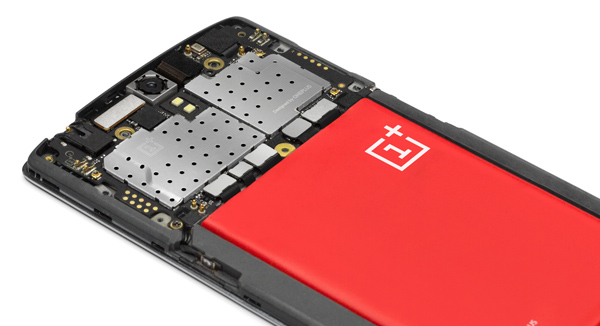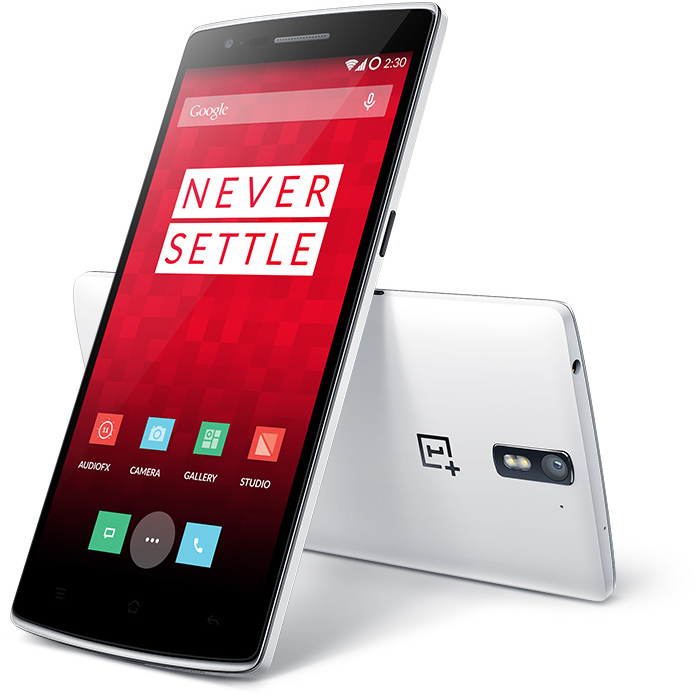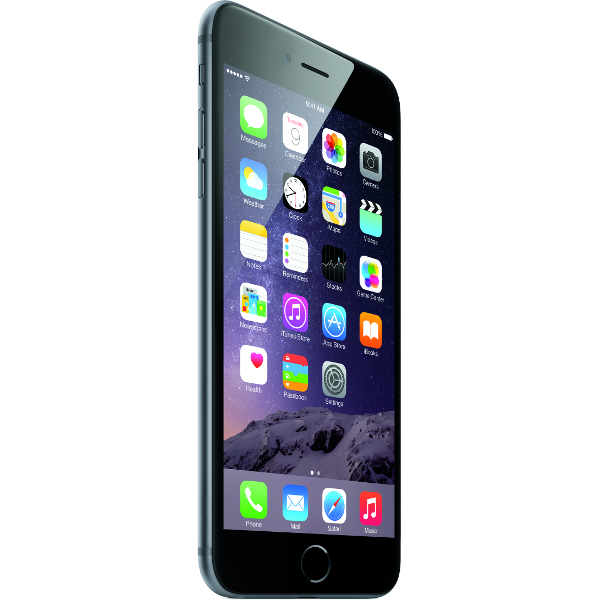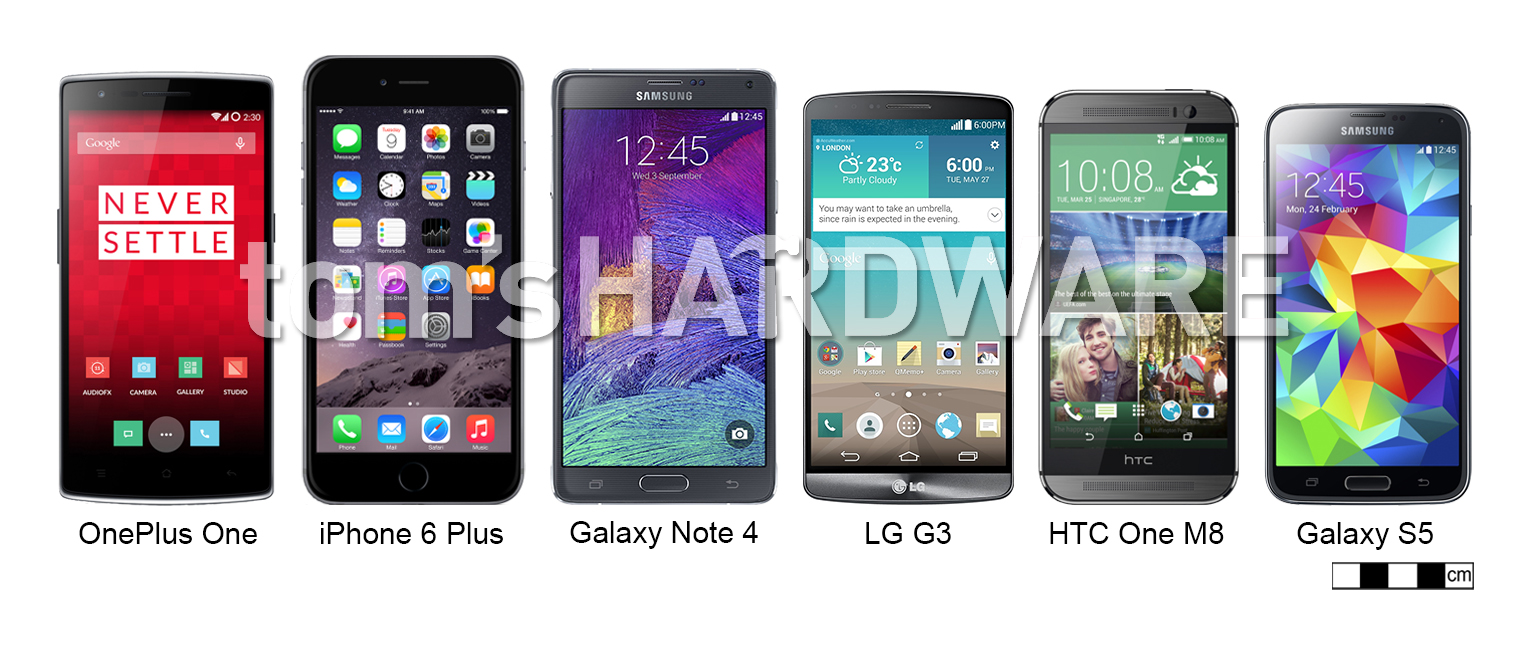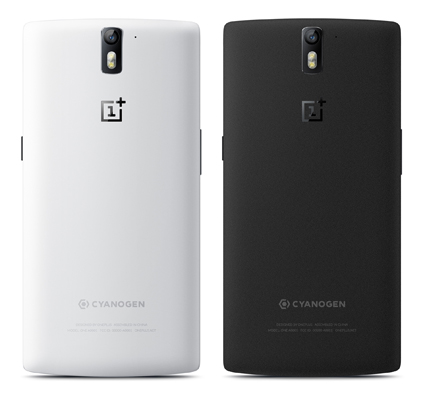Early Verdict
The OnePlus One is a great value, marred only by frustrating software issues. This phone is best for those who like to customize and tinker with settings.
Pros
- +
Great hardware, Big and bright HD screen, CyanogenMod is lean and offers flexibility, Price
Cons
- -
Buggy software/drivers, No microSD, Non-removable battery, No OIS, White version is slippery
Why you can trust Tom's Hardware
OnePlus One = Two Good To Be True?
Google’s Nexus phones gained popularity by pairing an uncluttered Android experience with good hardware, all for an affordable price. But with the ascension of the Nexus 6 to the high perches of the premium priced Android flagships, there is now a distinct opportunity for a player other than Google to capture this market. OnePlus wants to fill the void left by the Nexus with its affordable flagship, the OnePlus One.
Founded in December 2013 by Pete Lau, who was previously Vice President at Oppo Electronics, OnePlus is a newcomer to the smartphone market. Created around the mantra, “Never Settle”, OnePlus strives to deliver premium products that focus solely on features its customers find useful. Although there are direct links to Oppo, OnePlus insists that it’s a separately run company.
OnePlus has managed to create a lot of buzz around its first and only device: the OnePlus One. Part of this has to do with the devices scarcity. The OnePlus One can only be purchased via the OnePlus website and only after receiving a special invitation. Invitations are distributed by OnePlus through promotional events on the OnePlus Forums or by social media. Additionally, each person who buys a One receives invitations they can give to friends. The invitation only system will be interrupted for brief periods starting in October 2014, during which time it will be generally available to the public.
Interest in the One is also stoked by its impressive list of hardware. The OnePlus One comes with a Snapdragon 801 SoC, 3GB of RAM, 5.5-inch 1080p display, 13MP camera, and 3100 mAh battery, matching the hardware in many current flagship Android phones. It also ships with CyanogenMod 11s, a very popular Android community ROM known for being lean and highly customizable. Even more impressive is the price; the One starts at only $299, around half the price of its flagship competitors.
OnePlus One Tech Specs
In terms of hardware, the OnePlus One compares favorably to other flagship phones like the Samsung Galaxy S5, LG G3, and HTC One (M8). The only things missing are support for microSD cards and a removable battery. Speaking of batteries, the One’s power cell is larger than those found in both the LG G3 and iPhone 6 Plus, but smaller than the cell in the Samsung Note 4.
The frontal area (width x height) and weight of the OnePlus One are less than the values for the 6 Plus and Note 4. Foregoing physical capacitive buttons, the LG G3 requires less bezel area, allowing it to be shorter, narrower, and lighter than the One, even though they both have the same size screen.
Availability And Options
The OnePlus One can only be purchased through the OnePlus website once you receive an invite. Starting in October, OnePlus is offering the One to the general public for brief periods of time.
Get Tom's Hardware's best news and in-depth reviews, straight to your inbox.
The One supports four GSM frequencies (850/900/1800/1900 MHz) and five UMTS/WCDMA frequencies (850/900/1700/1900/2100 MHz), which gives it good global 2G/3G coverage. It also supports LTE bands 1/3/4/7/17/38/40. In the US, the One is compatible with AT&T and T-Mobile, but not Sprint or Verizon. Also, since the phone is purchased directly from OnePlus, it arrives unlocked.
There are only two different color / onboard storage options for the OnePlus One: Silk White / 16 GB for $299 or Sandstone Black / 64 GB for $349. The white version has a smooth, glossy finish, while the black model comes with a grippy texture.
Can you really get an unlocked flagship phone for only $299? Looking at its list of hardware, the answer seems to be yes. But to paraphrase Yoda, “hardware specs not make one great.” To live up to its “flagship killer” moniker, the One also needs an attractive appearance with good in-hand feel; feature rich, bug-free software; strong performance; and a long-lasting battery.
Current page: OnePlus One = Two Good To Be True?
Next Page OnePlus One Look And Feel-
MrEssesse You forgot to mention how the iphone 6 plus costs 299 $ with a 2 year contract, unlocked its around 700 $.Reply -
Mike Coberly So the device itself supports the CDMA bands, but is not compatible with one of the major CDMA carriers here in the US? What a shame. :( This could easily replace my now aging Galaxy Note 3.Reply -
Memory Ever Summary is all kind of noise voice out because it's a China phone.Reply
If this is a phone from Apple, people will only ask when they can buy it. They don't real care about of the specification.
This is the different. -
house70 Got one for my wife, she loves it, esp. that she doesn't have to keep an eye on the battery icon anymore. This thing will run forever... Getting another one for myself.Reply
For about USD 350 you can't really do any better. They could sell it for 550-600, but they won't.
CM12 (Lollipop- based) is around the corner.
Only thing they botched really big was the sales; this phone had a huge potential to when first launched, but making it almost impossible to buy doesn't help. -
uplink-svk As owner of three 1+1 phones I'm heavily dissapointed with this phone. I really loved the Crysis Music trailer, and there I decided to go for this phone.Reply
Things that really dissapointed me are:
- display is yellowish, at least was on all three pieces I owned
- it's made out of cheap plastics, I don't care it feels "great", I wanted metalic phone, like they said it's gonna be in the beginning
- one of the pieces was doing purplish photos
- it's way too big
- CM is fine, but still misses some of the basic features offered by 3rd party GUi from Samsung/HTC, which are in my eyes normal - RMAing the 1+1 is a hell, You need to send it back, wait and stuff, thank You, but no
In general I bought the first one for 290 euro, second one for 250 euro, and third one for 390 euro, which are pretty good prices in my country for these phones, and all were a disaster :\ -
rexter This is what Nexus 6 should have been - price-wise. Watch out Google here's OnePlus. Too bad, you'll need an invitation to get one, why not invite me instead if I give them my e-mail; this just show that the company don't have much stocks to share to every, I suppose? and that pink wall paper reminds me of Ubuntu. I like the black one if I can get my hands on one... or two.Reply -
Karksken Can you use this one as phone too or is it just a tablet(review). Smartguys please give us on smartPHONES also the real info as Phone quality, connection quality, e.a. info when you get the out of memory error when there is still a lot of mem available and you SIM is disconnected. How does the apps interact with the phone part.Reply -
D A The invites are easy to get with a little patience. I just bought three of them in the last tow weeks. All my invites I got where from google + where previous buyers are giving out the invites hourly. Jut go onto Google plus and do a search for "Oneplus Invite", then click "MOST RECENT". be patient and keep refreshing and be ready to respond to a post where someone is offering an invite... respond with your email address that you would like one. I did this for all three of my invites, there was only one person that did not send me the invite. I was able to get all the invites within an hour.Reply
